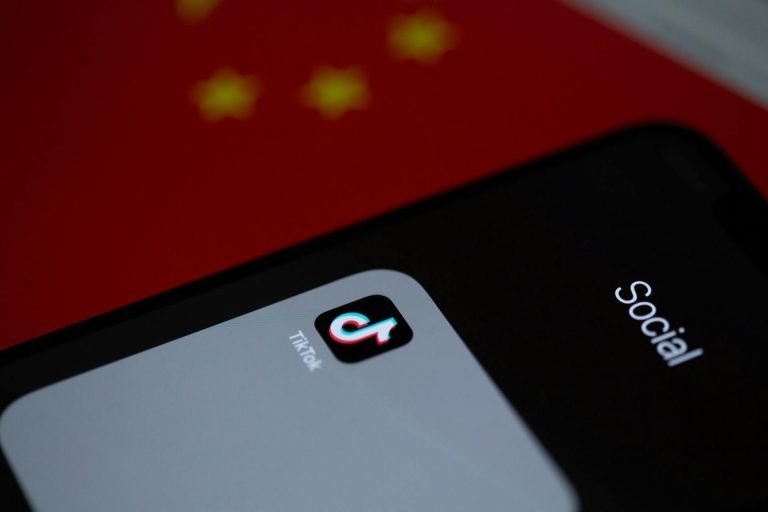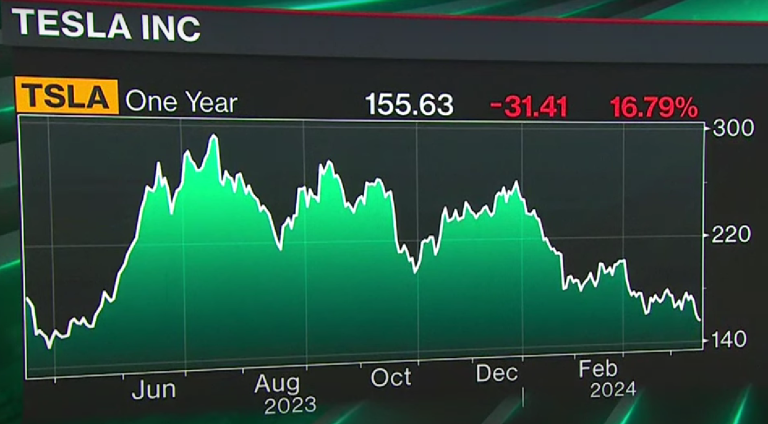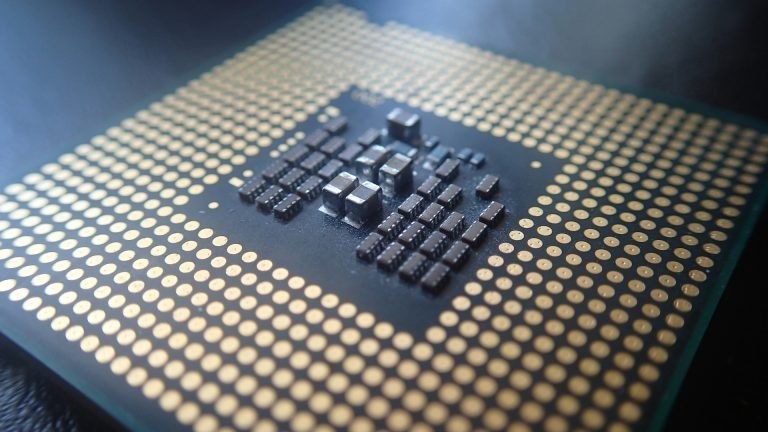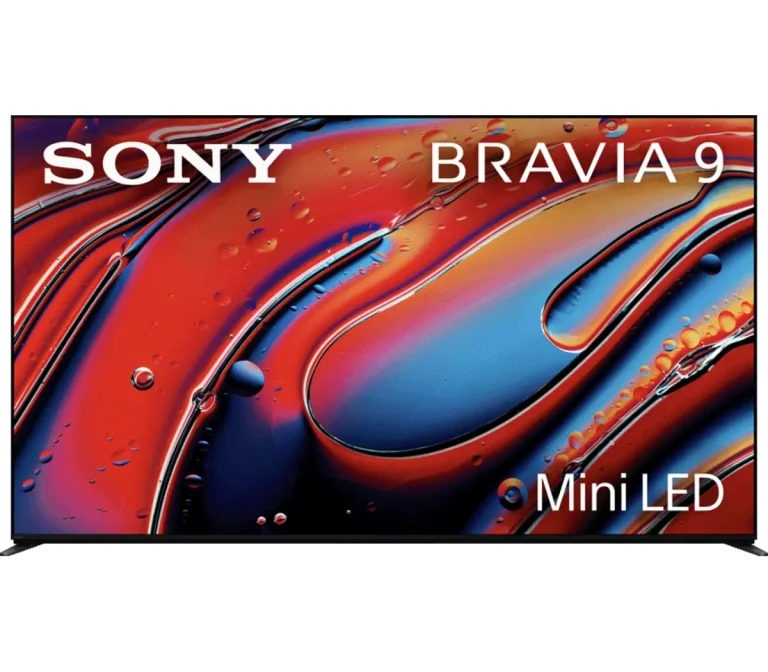The Shifting Dynamics of Electric Vehicle Sales: A 2024 Perspective
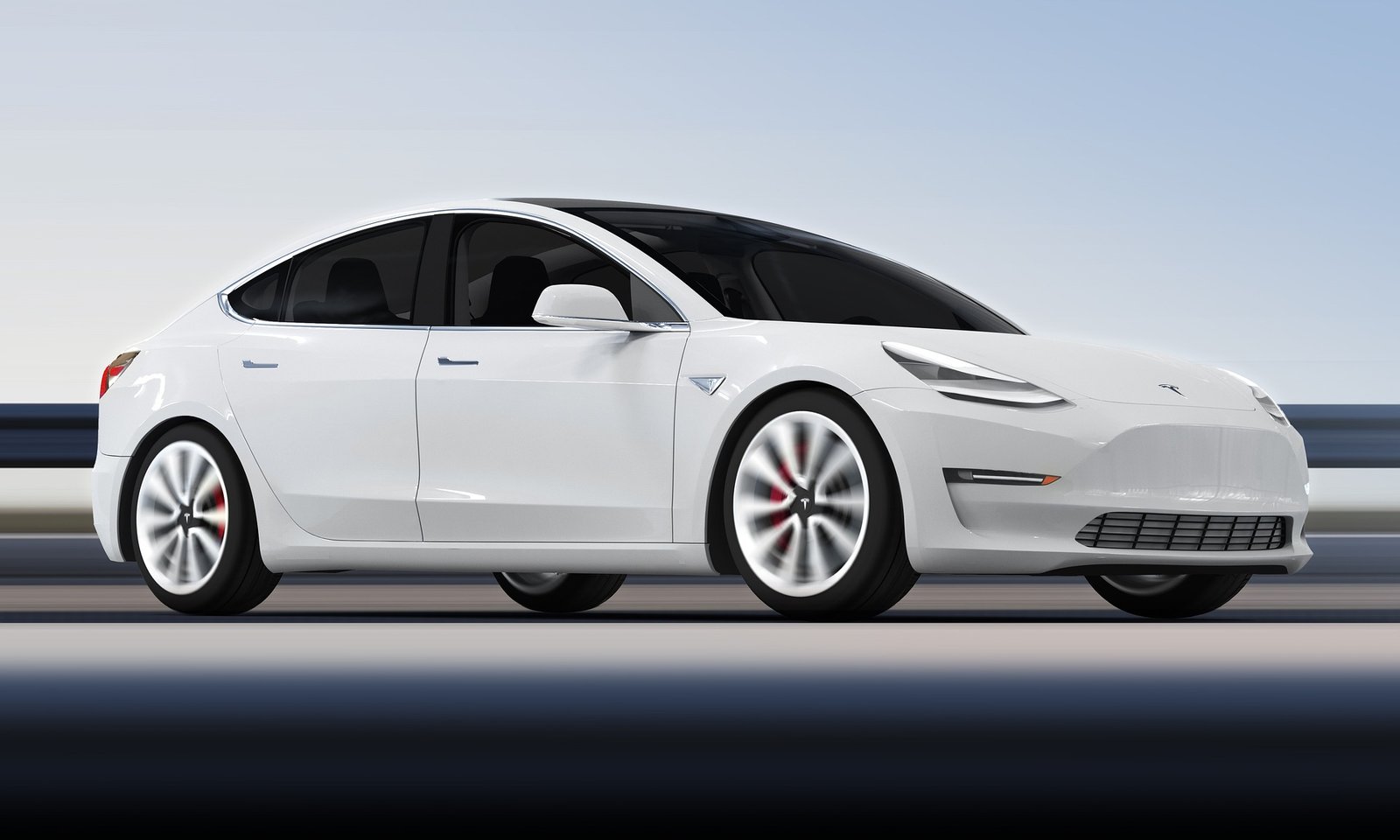
The electric vehicle (EV) market is encountering a pivotal moment in 2024, with a noticeable deceleration in sales growth. This shift marks a significant change from the previous years of rapid expansion and consumer interest in EVs. Amidst this transformation, major players in the industry, including Tesla and BYD, along with emerging trends in consumer behavior and policy shifts, are shaping the future of electric mobility.
The Current State of EV Sales
A Sudden Slowdown
The beginning of 2024 has witnessed a dramatic slowdown in the sales growth of electric vehicles. Tesla, a frontrunner in the EV industry, reported a 20% decline in deliveries compared to the previous quarter. BYD, previously the largest EV manufacturer globally, saw its sales plummet by over 40% in the same period. Despite these downturns, BYD’s year-over-year sales saw a 13% increase, while Tesla experienced a 9% decrease. Both companies have resorted to price reductions in an attempt to spur demand.
Competitive Pressures Intensify
The EV market is becoming increasingly competitive as traditional automakers introduce new electric models and Chinese manufacturers expand their exports. The competition is further intensified by the entrance of legacy automakers with their own EV offerings and the rise of Chinese manufacturers as major players in the global market. This heightened competition comes at a time when the overall growth rate of EV sales is decelerating.
Industry Challenges and Responses
Supply Chain and External Disruptions
Tesla attributed its decline in sales to various factors, including the ramp-up of its updated Model 3 and disruptions caused by shipping issues in the Red Sea, as well as an arson attack at one of its facilities in Germany. These incidents highlight the vulnerabilities in the supply chain and the impact of external factors on EV production and delivery.
The EV Market’s Cooling Demand
The slowdown in EV sales is not isolated to Tesla; it reflects a broader trend affecting the entire industry. Reports from EV component manufacturers, such as C.A.T.L. and Albemarle, indicate a slowdown in demand, prompting a reevaluation of future market projections. This cooling demand is prompting carmakers to reconsider their focus on electric models, with some signaling a potential shift back to internal combustion engine vehicles or hybrids.
Consumer Attitudes and Market Dynamics
Shifting Consumer Preferences
The initial surge in EV sales was largely driven by technology enthusiasts and early adopters. However, the market is now reaching a broader audience of mainstream consumers who may be more cautious about adopting EVs due to concerns over cost, infrastructure, and the practicality of electric vehicles for their lifestyles.
The Rise of Hybrids
As the EV market faces challenges, hybrid vehicles are gaining popularity. Hybrids, offering a blend of traditional and electric powertrains, are seen as a more practical and affordable option for many consumers, leading to significant sales growth for manufacturers like Toyota and Ford. This shift underscores the diverse approaches to achieving cleaner transportation and the importance of catering to varying consumer needs and preferences.
Policy Impacts and Future Outlook
Government Incentives and Regulations
Government policies play a crucial role in shaping the EV market. Incentives and subsidies have been instrumental in promoting EV adoption, while regulatory mandates for electric vehicles are setting the stage for a future where EVs play a dominant role in transportation. However, the sustainability of EV sales growth in the absence of government support remains a key question.
The Road Ahead
As the EV market navigates through these challenges, the industry must adapt to changing consumer demands, regulatory environments, and competitive pressures. The evolution of the EV market in 2024 is a critical juncture, with the potential to redefine the future of electric mobility. Whether the current slowdown is a temporary setback or indicative of a more significant shift in consumer sentiment towards EVs will be a defining question for the industry in the coming years.
